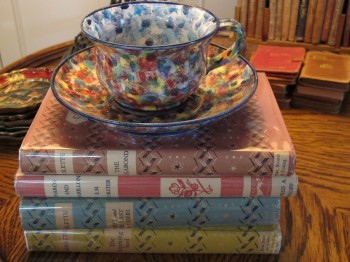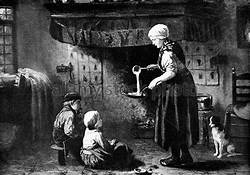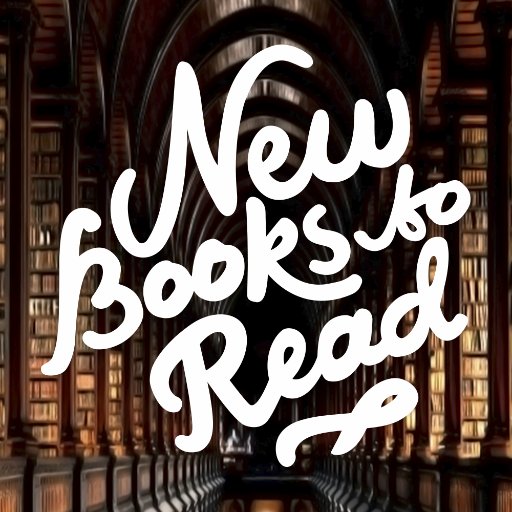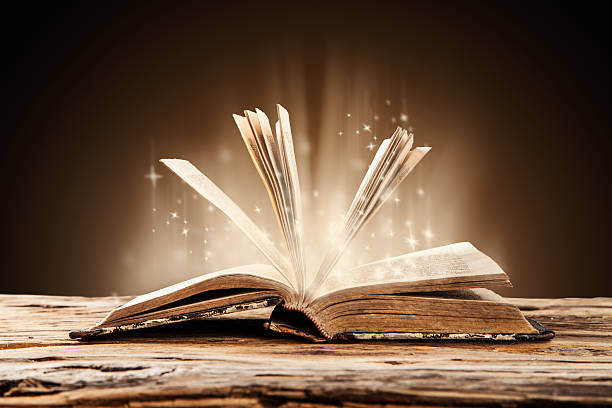“There is no thief worse than a bad book.” ~Italian Proverb
I do not review books that I do not enjoy. Everyone has different tastes – and I know that a book I dislike may be someone else’s favorite book of the year. When I start a new book (very often before its publication date, when there are no other reviews), I always want to be fair, giving the book a chance to make its case and, with luck, steal my heart. Publicists and representatives of publishers with whom I have had contact sometimes know me from my reviews and can be very helpful in helping me find books that will be of particular interest to me. Sometimes, however, these suggestions fall flat, too, and a book I’ve been looking forward to for weeks and have started to read for review fails to pique my interest.
To be fair, I always give a book at least seventy-five pages to involve me in the action, themes, and style, and much more often than not I end up being intrigued (at least) and often utterly absorbed in what I am reading for this website by the end of that time. When I do find a book that doesn’t work for me, I stop reading it, but unlike the Italian proverb which begins this essay, I do not necessarily consider it a “bad book,” just one that I did not enjoy and do not want to recommend to the book friends who read these pages.
 I do feel regret, however, that I have invested my time on such a book, and I usually blame myself for not recognizing sooner that this was not a good book for me. I know how hard authors work and how much they care, and I know that by the time a book is in print, an author is hugely invested in its success, emotionally. And so I spend my time instead helping to publicize those books which do steal my heart and do make me want to tell all my friends about them, fascinating new books (or old books that I have just discovered) which might intrigue them as they have me.
I do feel regret, however, that I have invested my time on such a book, and I usually blame myself for not recognizing sooner that this was not a good book for me. I know how hard authors work and how much they care, and I know that by the time a book is in print, an author is hugely invested in its success, emotionally. And so I spend my time instead helping to publicize those books which do steal my heart and do make me want to tell all my friends about them, fascinating new books (or old books that I have just discovered) which might intrigue them as they have me.
All this introduction is by way of talking about my latest failure to love a brand new book, not yet reviewed in the major book venues, but receiving good publicity from the publisher and highly recommended by other authors in the (sometimes paid for) book blurbs on the back. I do not intend to give away this book’s title or author or anything recognizable about it but, rather, to try to understand what led me to make the mistake of buying this new book (yes, I bought it on the strength of its publicity and did not receive an advance review copy), a book that I ended up disliking, though I spent parts of four different days trying to get into it enough that I might end up finding it “interesting,” at least – if not stirring, compelling, and, in the best case, enlightening.
 The publicity hook that made me so anxious to read it is something that I constantly warn myself about but failed to take into enough consideration this time: It compared the action of this new book to the action, characters, and story of another, much older book that I have aways loved and occasionally taught to students – a new version of that story in a new setting and time period that was “certain” to give me new insights into an old favorite, while at the same time, giving me new insights into a present day culture. I should have realized that the very things that made me love the original book and its author are characteristics that are integral to the period and culture in which it was written – one that really cannot translate into a modern world, no matter how hard the new author tries. Life in the present is, by and large, not delightful or charming as it was depicted a century or more ago in the days before radio, TV, the internet, automobiles, and mass communication and transportation, and no attempt to give a fresh perspective to a present day story by using the narrative style, themes, values, and characters of the past is likely to succeed on a grand scale – for me, at least.
The publicity hook that made me so anxious to read it is something that I constantly warn myself about but failed to take into enough consideration this time: It compared the action of this new book to the action, characters, and story of another, much older book that I have aways loved and occasionally taught to students – a new version of that story in a new setting and time period that was “certain” to give me new insights into an old favorite, while at the same time, giving me new insights into a present day culture. I should have realized that the very things that made me love the original book and its author are characteristics that are integral to the period and culture in which it was written – one that really cannot translate into a modern world, no matter how hard the new author tries. Life in the present is, by and large, not delightful or charming as it was depicted a century or more ago in the days before radio, TV, the internet, automobiles, and mass communication and transportation, and no attempt to give a fresh perspective to a present day story by using the narrative style, themes, values, and characters of the past is likely to succeed on a grand scale – for me, at least.
 Part of the problem here was that the author seemed to be concentrating on being “cute” much of the time, repeating the silly bickering between young teenagers, giving negative nicknames, and creating “love stories” from deliberately absurd points of view. It felt, to me, the way some modern films do when they retell a famous story of the long ago past from a modern perspective and include profanity, imagery related to taboo subjects, and explicit sexual references which, while common now, would never have appeared in the lives of the characters in the original novels, though they appear here in their supposedly “modern” incarnations. Characters referring casually to bodily functions and sexual products common in the modern world feel out of place with the settings and characters from the original novel, and I found myself actually feeling sorry for the long-dead original author, whose life’s work is being borrowed to illustrate ideas and feelings which would embarrass him/her if s/he were able to read this treatment of his/her novel.
Part of the problem here was that the author seemed to be concentrating on being “cute” much of the time, repeating the silly bickering between young teenagers, giving negative nicknames, and creating “love stories” from deliberately absurd points of view. It felt, to me, the way some modern films do when they retell a famous story of the long ago past from a modern perspective and include profanity, imagery related to taboo subjects, and explicit sexual references which, while common now, would never have appeared in the lives of the characters in the original novels, though they appear here in their supposedly “modern” incarnations. Characters referring casually to bodily functions and sexual products common in the modern world feel out of place with the settings and characters from the original novel, and I found myself actually feeling sorry for the long-dead original author, whose life’s work is being borrowed to illustrate ideas and feelings which would embarrass him/her if s/he were able to read this treatment of his/her novel.
Some people may thoroughly enjoy this book, though several Amazon reviewers commented on the characterizations not being true to the original, even within its modern narrative. My own feeling is that if someone is going to use the narrative line of a well known period novel in a modern context, then some awareness of what made the original so successful should also be considered so that the original is more than just a convenient literary contact point used to gain publicity for yet another story of family difficulties.
Photos. The book on an old table is from https://media.gettyimages.com
The books and tea cup may be found on http://2.bp.blogspot.com
The 19th century family picture is here: https://l7.alamy.com
“New Books” is here: https://pbs.twimg.com/

